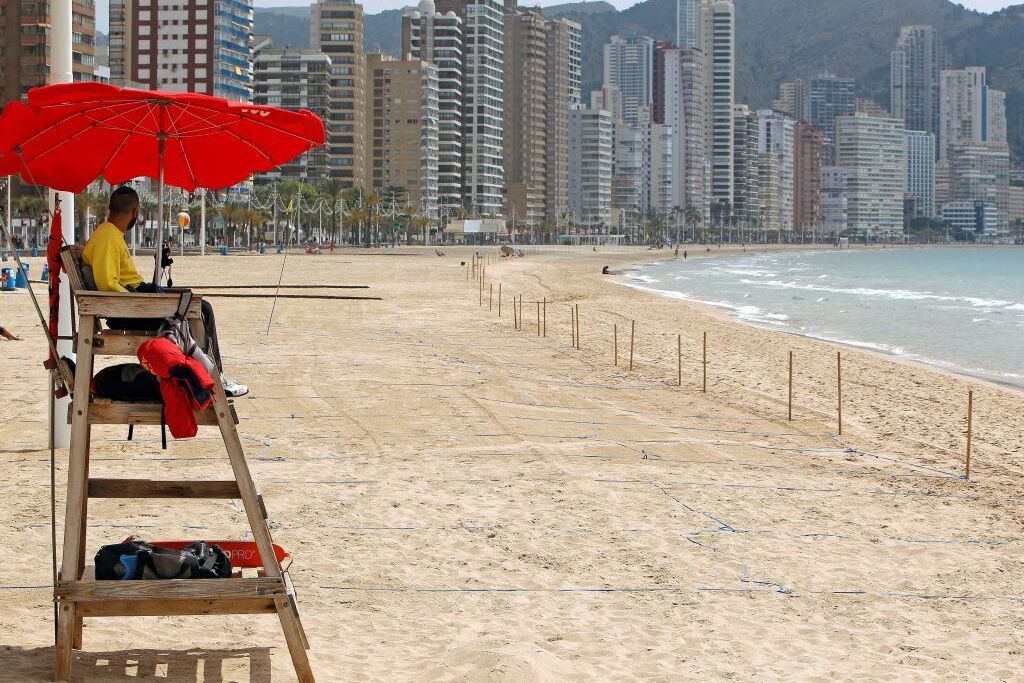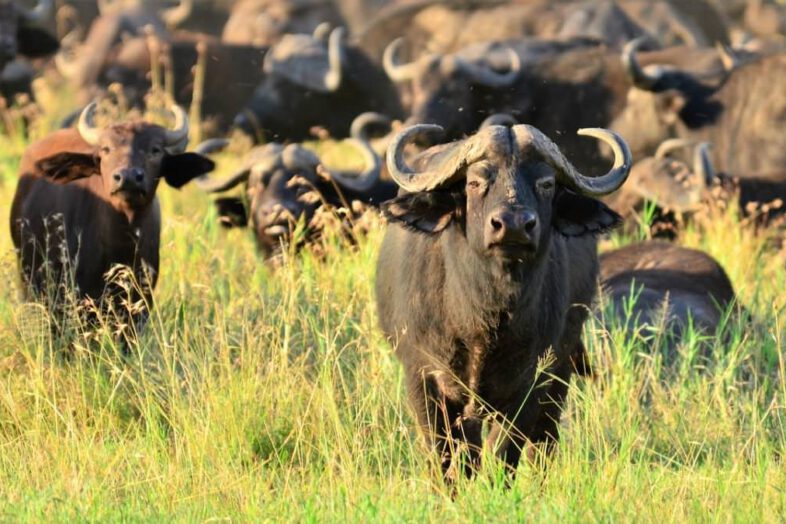
The ranking of the 10 most dangerous animals in the world
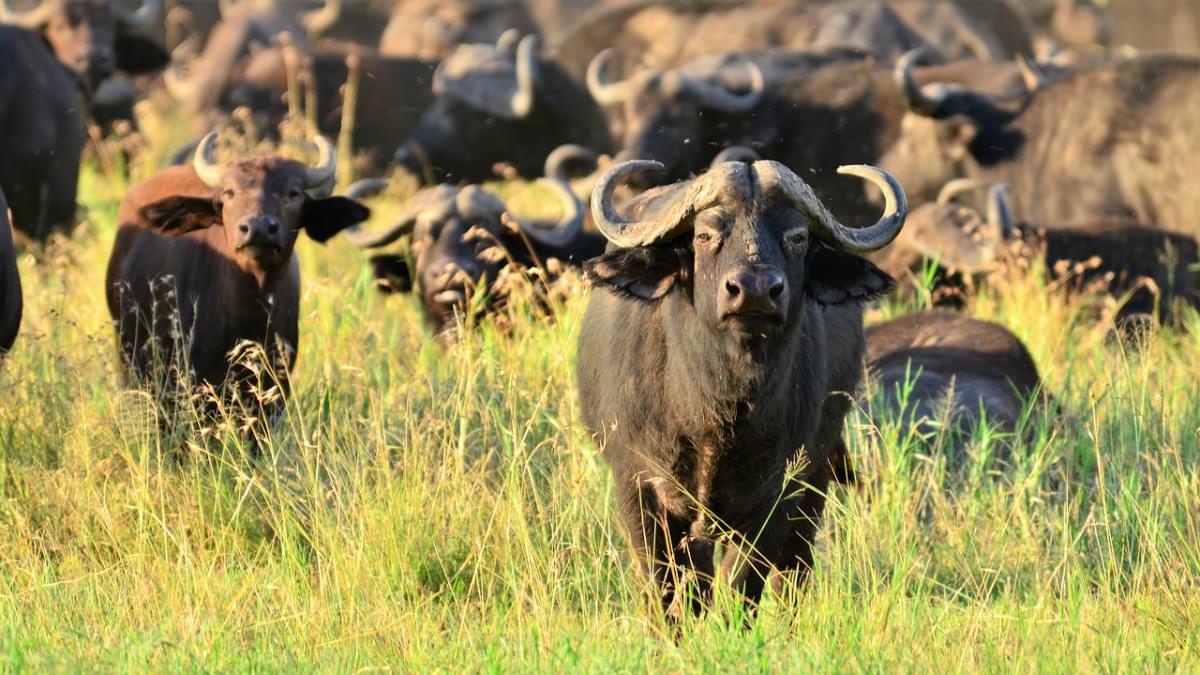 The world is truly a wonderful place, full of amazing places that are worth visiting and exploring. But when you travel you must always be careful, especially if you go to areas little known or where we are not used to living, areas where nature is the undisputed queen and where they live many species of animals, some lethal. From large animals to smaller ones, from those living on land to marine ones. All different, but one more dangerous than the other.
The world is truly a wonderful place, full of amazing places that are worth visiting and exploring. But when you travel you must always be careful, especially if you go to areas little known or where we are not used to living, areas where nature is the undisputed queen and where they live many species of animals, some lethal. From large animals to smaller ones, from those living on land to marine ones. All different, but one more dangerous than the other.
Here is to you a ranking of the 10 most dangerous animals in the world!
10-Black Buffalo (Sub-Saharan Africa)
 In English it is Cape Buffalo. The nominative Cape, which means head, is due to the horns that have on the head, of particular shape.
In English it is Cape Buffalo. The nominative Cape, which means head, is due to the horns that have on the head, of particular shape.
They are found in Sub-Saharan Africa and today, in the world, there are about 900,000 specimens.
They are a fairly quiet species if left alone, move in groups and are often found around pools of water. He has a nickname, Black Death, which in Italian means Black Death. When they feel threatened or attacked a puppy or a member of the group it is difficult to get out of an attack alive! In fact, on the African continent, they are the cause of killing most hunters. The “threat” is surrounded and attacked head-on by these animals that weigh up to a quintal.
9 – Horn snail (tropical seas)
But the most dangerous animals can sometimes be seemingly harmless and, most importantly, very small! This is the case of this snail, which attracts attention with their wonderful colorful shells. They are found in tropical seas, both on the shore and on the reef. Mainly you could meet them in Hawaii, the Caribbean and Indonesia.
Be careful though: small and beautiful does not mean harmless at all! In fact they are one of the most poisonous species of snails in the world! The poison is found in the small harpoons inside the shell, absolutely not to touch! Their bite is fatal, you have to immediately run to the emergency room and hope that something can be done. Not surprisingly, this snail is also known as a killer sea snail.
8 – Golden Frog (Colombian Western Andes)
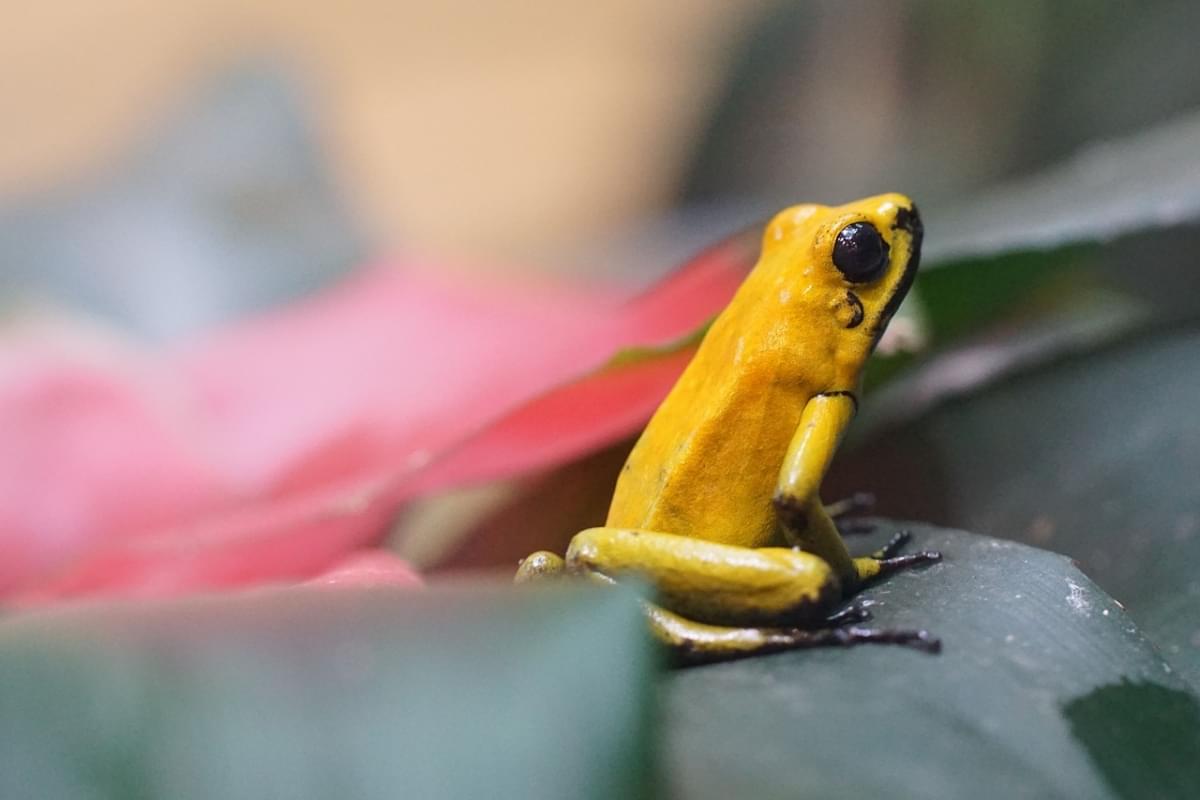 In eighth place we find what might seem like a harmless and beautiful frog, with a very small size and a golden color that immediately attracts attention. But, of course, it’s not all gold that glitters: The Golden Frog is the most dangerous of the family of Dendrobatidae, or a family of frogs with wonderful colors but extremely toxic to humans!
In eighth place we find what might seem like a harmless and beautiful frog, with a very small size and a golden color that immediately attracts attention. But, of course, it’s not all gold that glitters: The Golden Frog is the most dangerous of the family of Dendrobatidae, or a family of frogs with wonderful colors but extremely toxic to humans!
This small golden frog, also called arrow frog, is found in the rainforests of the Colombian Western Andes and is really small: in adulthood it reaches, in fact, up to 55 millimeters. Its poison is extremely powerful: the poison of a single frog can kill 10 men. The real problem is that the glands that secrete it are located right under the skin, so even a single touch can turn out to be fatal.
7-Cubozoa (Pacific and Indian Ocean)
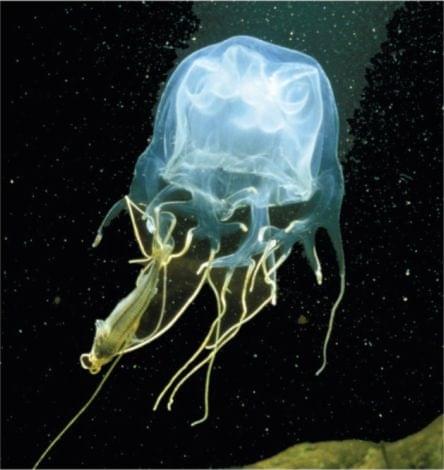 From the Earth we pass to the ocean for the seventh most dangerous animal in the world, namely the Cubozoa, better known as Box Jellyfish. It is found in the Pacific and Indian Oceans, but a high concentration is found off the northern coasts of Australia.
From the Earth we pass to the ocean for the seventh most dangerous animal in the world, namely the Cubozoa, better known as Box Jellyfish. It is found in the Pacific and Indian Oceans, but a high concentration is found off the northern coasts of Australia.
If you see one make sure you stay as far away as possible, as this type of jellyfish is the most poisonous marine animal! The poison is found in the tiny teeth present on the tentacles, which can reach even 3 meters in length. Many people, once tipped, can not even get to the shore or die drowned. Those who manage to get to the emergency room and get the antidote will still have to endure some weeks of great pain.
6 – puffer fish (tropical seas)
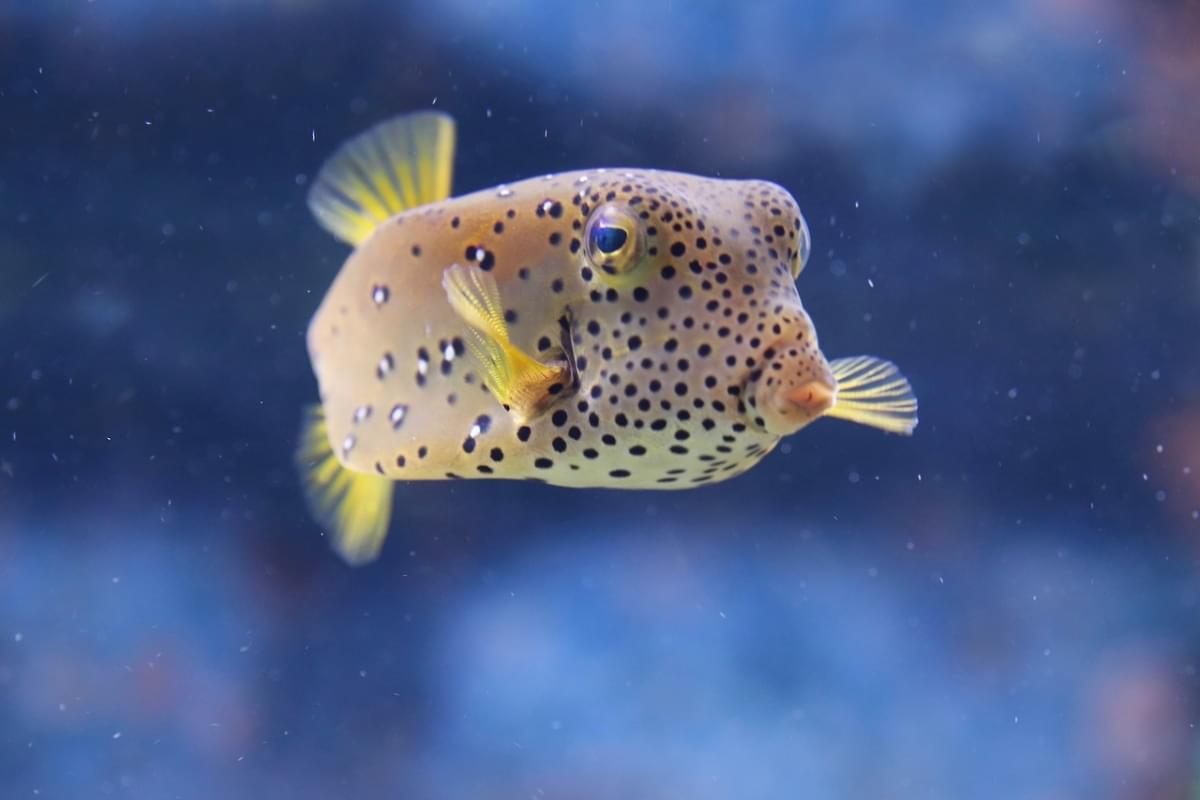 Another very dangerous and deadly sea creature is the puffer fish. It is found in tropical seas around the world, with a high concentration in those around Japan, China and the Philippines. It’s the second most poisonous vertebrate in the world, after the Golden Frog previously encountered in the ranking, but causes more deaths.
Another very dangerous and deadly sea creature is the puffer fish. It is found in tropical seas around the world, with a high concentration in those around Japan, China and the Philippines. It’s the second most poisonous vertebrate in the world, after the Golden Frog previously encountered in the ranking, but causes more deaths.
This fish produces a neurotoxin that is found in several parts, namely on the skin, muscles, liver, kidneys and gonads. But the first cause of death from the poison of puffer fish is certainly not the encounter in nature: this fish it is cooked and served to people in countries like Japan, by the name of Fugu. Of course, the chefs who prepare it have undergone training and must have a permit, but all the same many people lose their lives due to lethal indigestion.
5-Black Mamba (Southern and Eastern Africa)
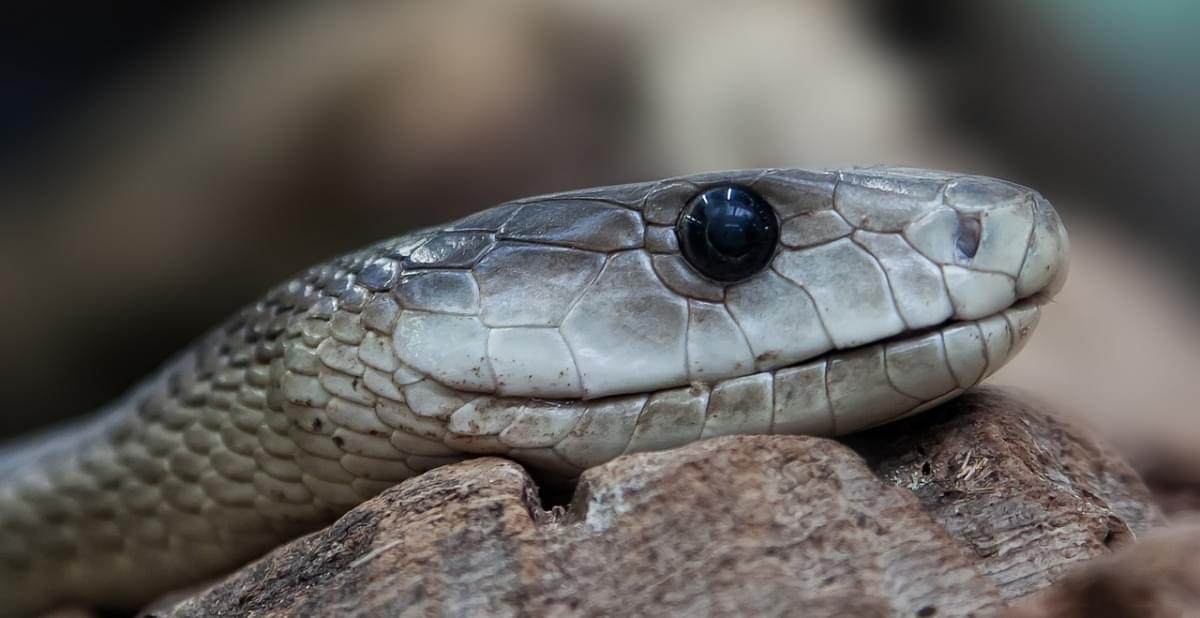 Poisonous snakes in the world are different, but one is particularly lethal for its speed: we are talking about the fearsome Black Mamba. It can reach even 4 meters and is the fastest snake! Its natural habitat is Savannah, in the southern and eastern part of Africa.
Poisonous snakes in the world are different, but one is particularly lethal for its speed: we are talking about the fearsome Black Mamba. It can reach even 4 meters and is the fastest snake! Its natural habitat is Savannah, in the southern and eastern part of Africa.
It owes its name to the its internal coloration of the mouth, of an intense black, showing just before attacking: when he feels threatened he opens his mouth as an alarm signal, last warning before an attack. A Black Mamba attacks, in fact, only when it feels threatened, but once bitten it is impossible to get out alive! It attacks quickly and quickly, inflicting multiple bites on the victim.
4-Sea Crocodile (Indo-Pacific)
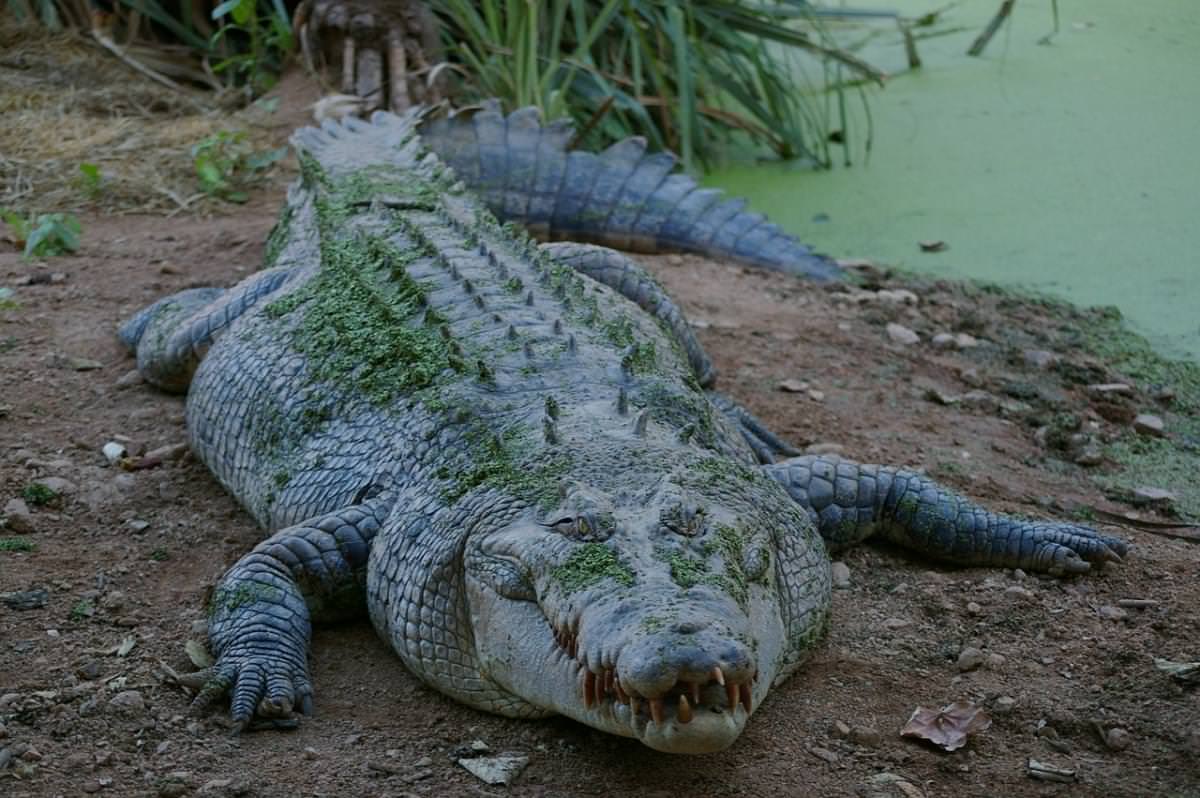 From Africa we pass to the Indo-Pacific, that is, all that vast area that includes all the tropical and subtropical zones of the Indian Ocean and the western part of the Pacific Ocean. Here, throughout the territory that passes from India, to Vietnam and down south to the north of Australia, you will find the fearsome sea crocodile! Not to be confused with the alligator, a species that lives in Florida.
From Africa we pass to the Indo-Pacific, that is, all that vast area that includes all the tropical and subtropical zones of the Indian Ocean and the western part of the Pacific Ocean. Here, throughout the territory that passes from India, to Vietnam and down south to the north of Australia, you will find the fearsome sea crocodile! Not to be confused with the alligator, a species that lives in Florida.
The sea crocodile is, in fact, much more threatening and aggressive, it attacks easily, even when it does not feel under threat. A male crocodile can reach 5 meters in length, weigh 1000 kg and even live up to 70 years. It is very fast in both fresh and salty water and its attack is fatal, it grabs the prey with its mouth and exerts a very strong pressure from which it is practically impossible to release. Every year it is responsible for many human deaths.
3-Moscow Tsetse (Sub-Saharan Africa)
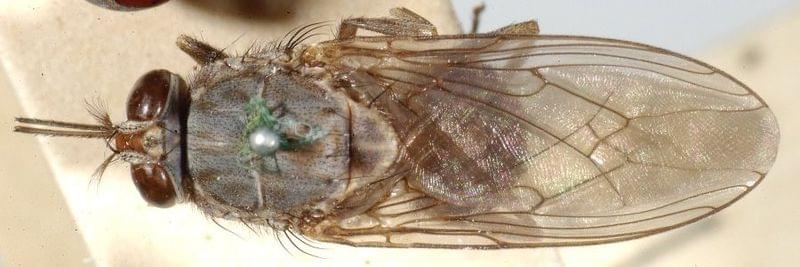 It’s the deadliest fly in the world and it is responsible for countless deaths every year! Of very small size, between 8 and 17 mm, it is found on the African continent, in the Sub-Saharan zone, especially in the most central regions.
It’s the deadliest fly in the world and it is responsible for countless deaths every year! Of very small size, between 8 and 17 mm, it is found on the African continent, in the Sub-Saharan zone, especially in the most central regions.
This fly is a carrier of a devious and dangerous disease, the sleep sickness, full name African trypanosomiasis. The disease involves joint Solor, intermittent fever, lymph nodes swell and there are heart changes. It also involves neurological changes at a more advanced stage, such as anxiety, sweating, mood changes, and more. If it is not treated in a timely and correct manner, it leads to death.
2-mosquito (worldwide)
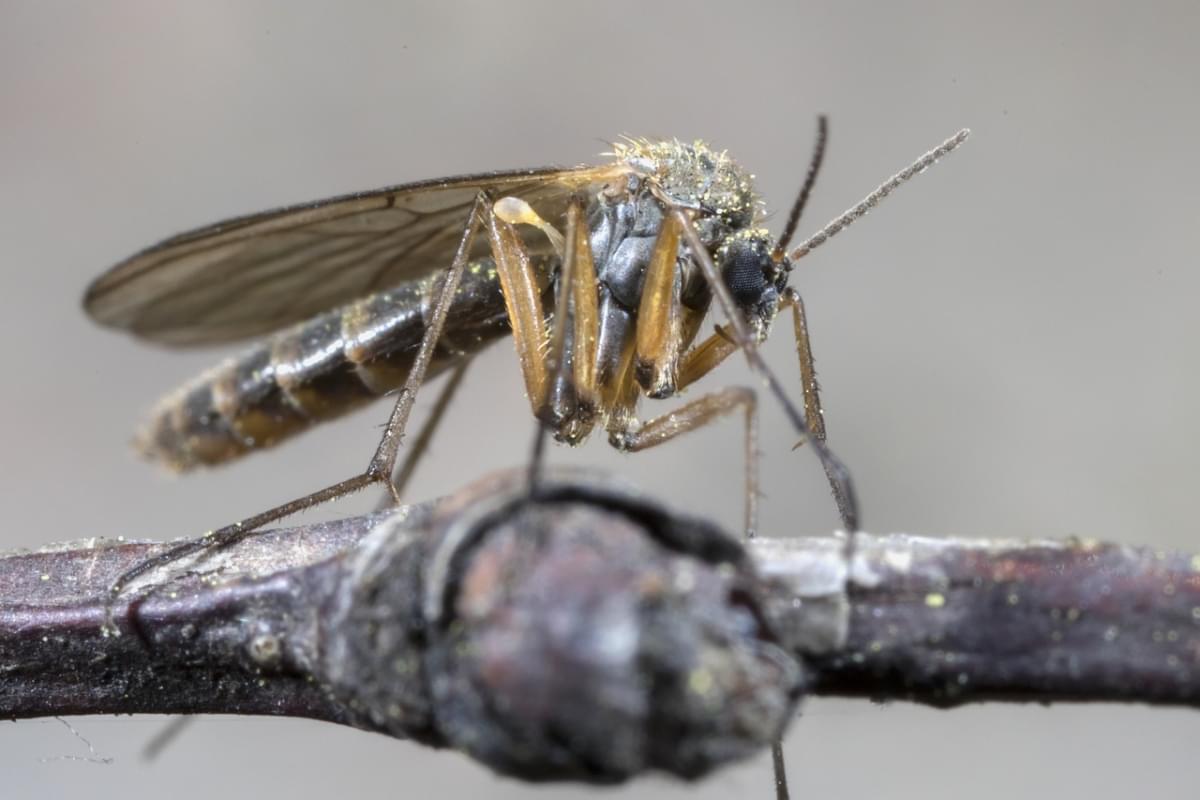 This position may surprise you, because the second most dangerous animal in the world is precisely the mosquito. Small, present anywhere on the planet (except for Antarctica), it occurs especially in hot periods, then in our summer. Who more who less, we are all constantly annoyed by this tiny insect whose size ranges from 3 to 9 mm.
This position may surprise you, because the second most dangerous animal in the world is precisely the mosquito. Small, present anywhere on the planet (except for Antarctica), it occurs especially in hot periods, then in our summer. Who more who less, we are all constantly annoyed by this tiny insect whose size ranges from 3 to 9 mm.
But why is it so dangerous? Not so much because of its puncture, which causes swelling and itching, but for diseases it carries man to man. Some mosquito species, such as Aedes, Anopheles and Culex, transmit diseases such as malaria, chikungunya, yellow fever, dengue fever, Nile virus and zika virus. The best ally in the fight against mosquitoes is prevention, using repellents and all useful equipment if you go to places where these diseases are present.
1-human (worldwide)
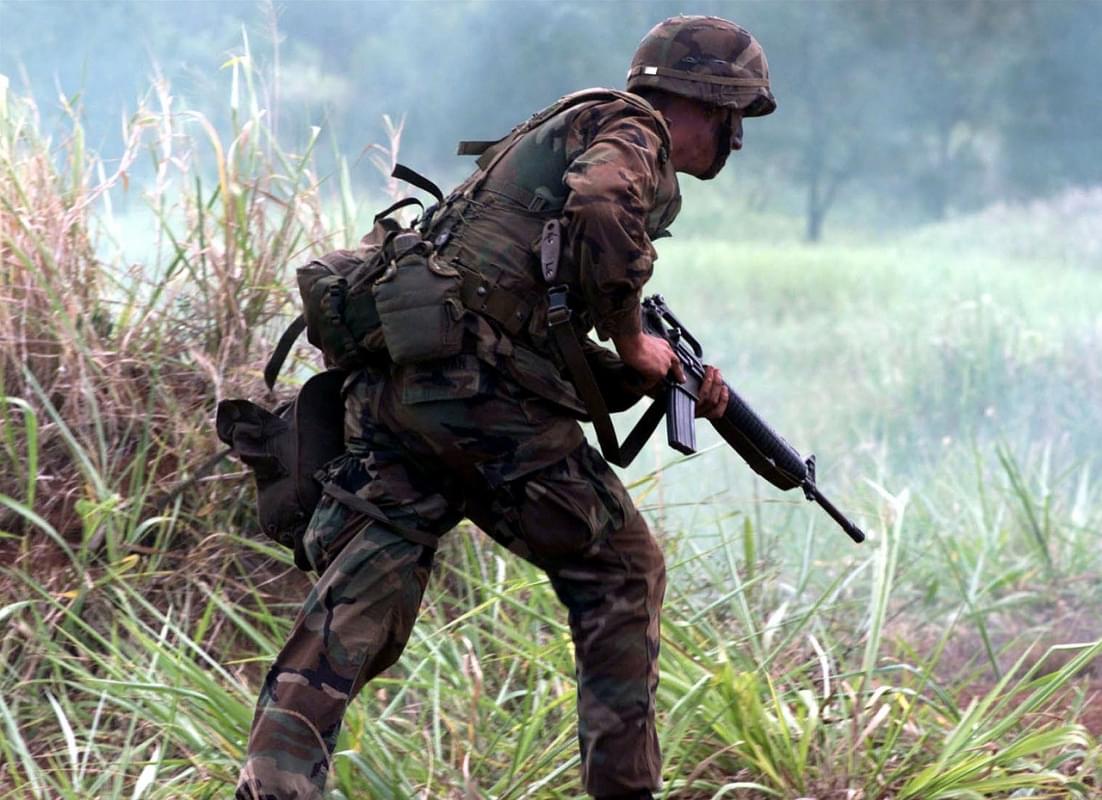 And we get to the first position in the ranking, where the most dangerous creature in the world is placed. Some may be amazed, others may have expected it: we are the most dangerous. Man is the species that kills the most every year, that has killed the most in all the life of the Earth, and the victims include both other human beings and animals.
And we get to the first position in the ranking, where the most dangerous creature in the world is placed. Some may be amazed, others may have expected it: we are the most dangerous. Man is the species that kills the most every year, that has killed the most in all the life of the Earth, and the victims include both other human beings and animals.
Just think of all the wars, especially the first and Second World Wars, with a very high number of deaths. Think also of all the acts of violence that occur every day in the world. But not just direct deaths: many of our behaviors kill we ourselves and all the nature that is around us, such as global warming, little care for the environment, destruction of forests, a tourism that in some cases is not at all eco-sustainable and destroys ecosystems already fragile.







